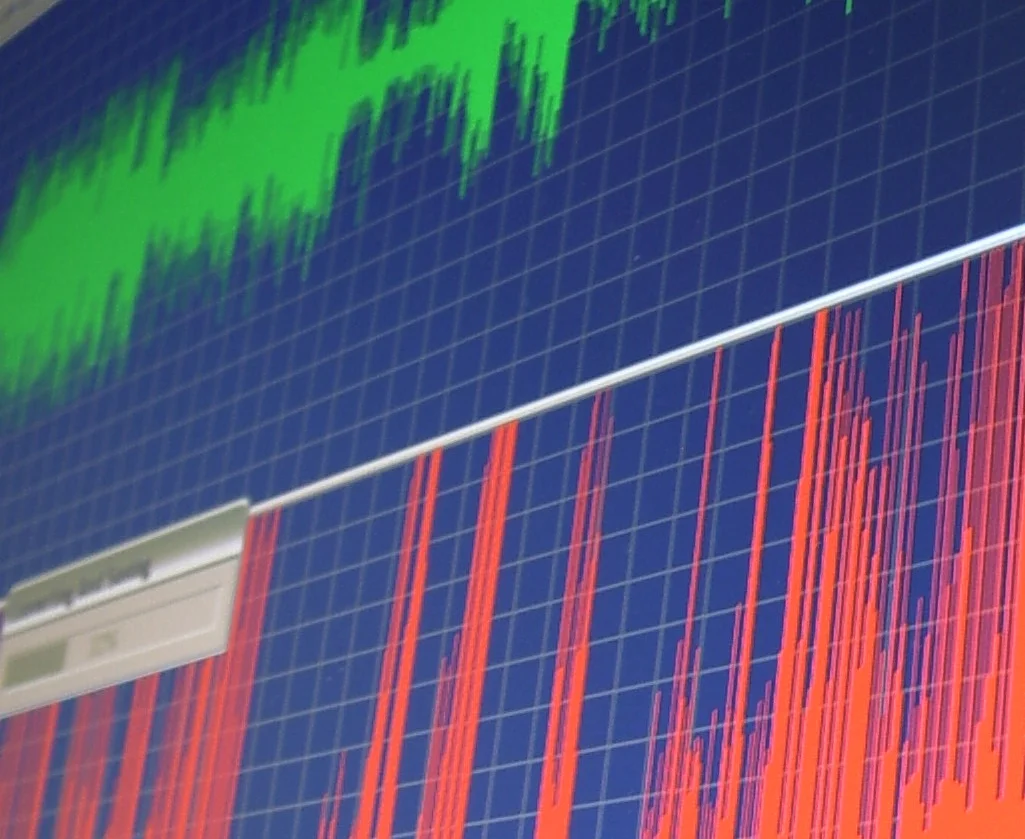General Authorization for Spanish 2.4 GHz
/Spain's national amateur radio society URE reports the regulator has agreed to allow amateur use of 2400.050 to 2409.500 MHz to access the E'hail-2 / QO-100 geostationary satellite
Since the State of Qatar sent the geostationary satellite Es'hail-2, the first of its kind to be used by radio amateurs, to space on 15th November 2018, the URE satellite (AMSAT) raised the possibility of requesting the Administration the free use of the entire segment granted for radio amateurs in Spain and not only segment 2316-2332 MHz.
The Administration, responding to the request submitted by the URE, has developed the present resolution, which authorizes until September 26, 2019, to the holders of radio amateur authorizations, the emission of the amateur radio satellite service from 2400.050 to 2409.500 MHz. For single-sideband telephone communications, with a maximum eirp of 1500 watts, from authorized amateur radio stations located anywhere in the national territory.
The resolution of the Secretary of State for Digital Progress - https://www.ure.es/images/noticias/generales/RESOLUCION-Es-hai.pdf





